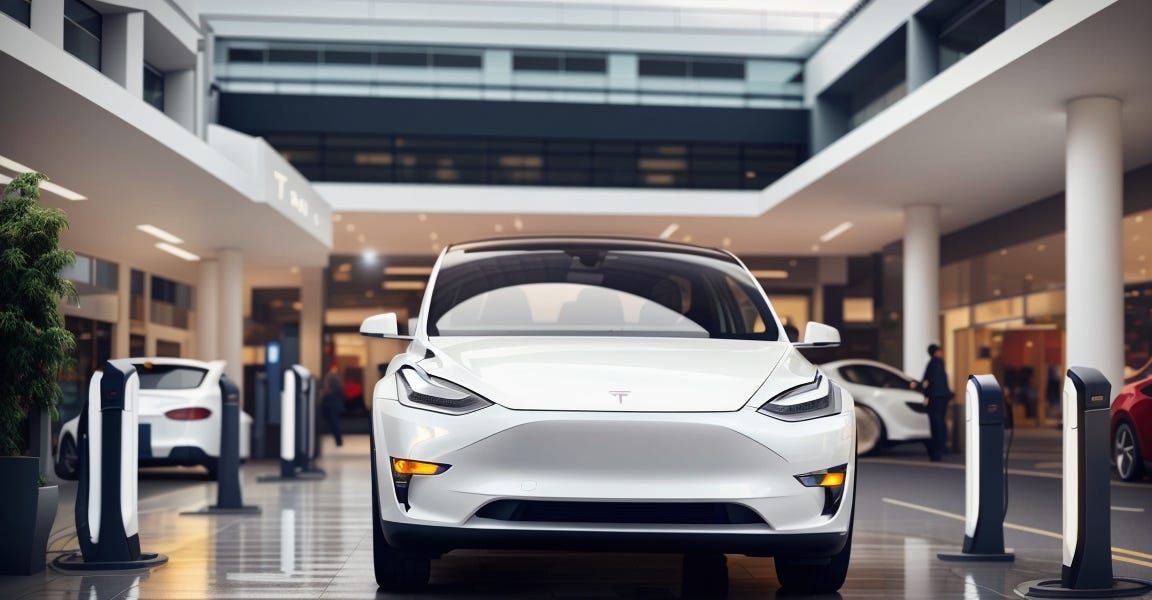So you’ve got your sights on an electric vehicle (EV). Great. But let’s get real—owning one isn’t just about saving the planet or skipping fuel stations. It’s also about figuring out how much you’re going to bleed (or save) every time you plug in.
Charging costs vary wildly depending on which network you’re using, how your car connects to them, and what kind of deals (or lack thereof) come with your shiny EV.
While most buyers focus on range and performance, they often ignore a key number: charging network fees. And those fees? They can make or break your long-term savings.
Some EVs come with sweet charging packages, like free miles or discounted rates on networks like Tesla Superchargers, Electrify America, or ChargePoint. Others? They’ll nickel-and-dime you every single time you juice up. And let’s not even talk about peak-hour rates or idle fees unless you’re a fan of surprises.
So, if you’re serious about owning an EV that doesn’t silently drain your wallet at every charging stop, you’ve got to know what you’re signing up for. We’ve done the homework. Here are 5 EVs that play nice with charging costs—and 5 that sneak in painful plug-in fees that could leave you regretting that showroom flex.
5 EVs with Lowest Charging Network Fees
These five EVs offer the friendliest charging rates—either because they come with free charging, discounted plans, or efficient systems that make the most out of every kilowatt. If you want to keep running costs low, these are your best bets.
ALSO READ: 5 Cars With Best Tire Wear and 5 With Rapid Degradation
1. Hyundai IONIQ 6
The Hyundai IONIQ 6 doesn’t just look slick—it’s budget-friendly when it comes to charging, too. Thanks to Hyundai’s partnership with Electrify America, IONIQ 6 buyers get two years of free 30-minute DC fast-charging sessions.
That alone shaves off a chunk of your running costs. Even after that period ends, Electrify America remains one of the cheaper networks around, and the IONIQ 6’s 800V architecture means shorter plug-in times, so you’re out faster and paying less.
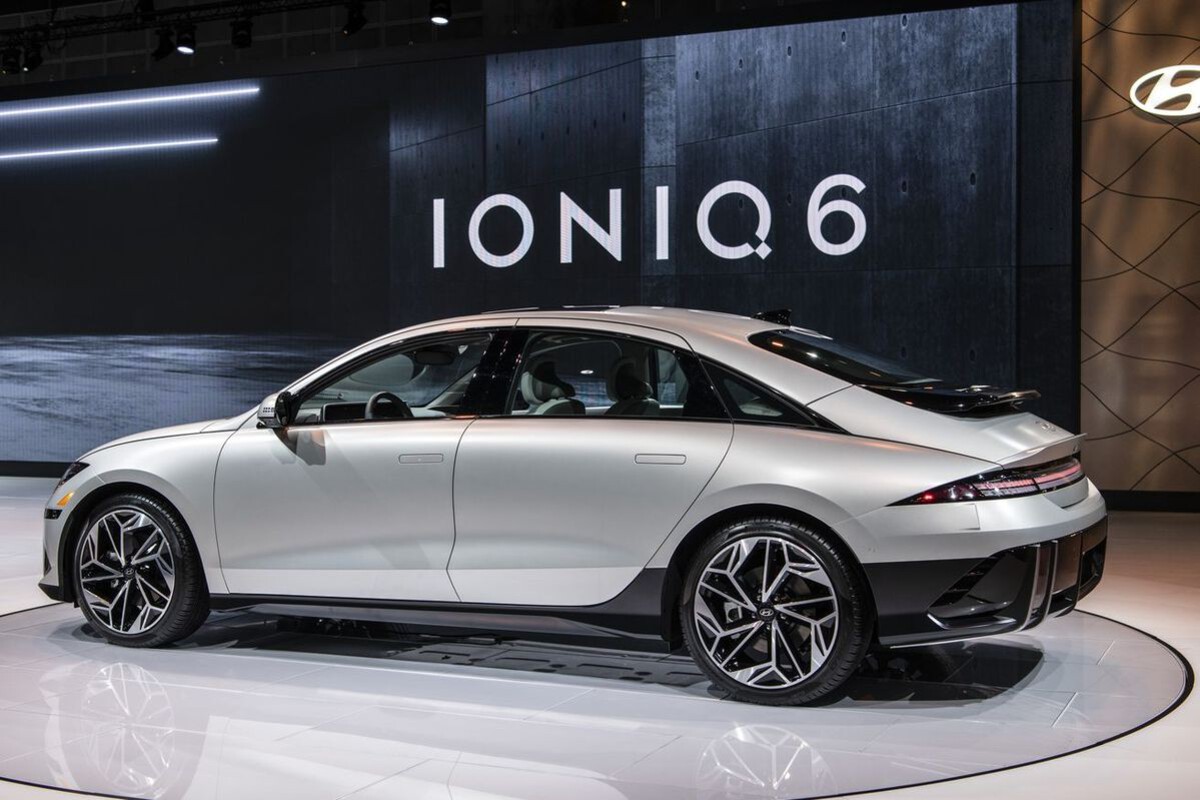
What helps is its high efficiency. It delivers impressive miles per kWh, which means you don’t need to charge as often. Translation: fewer visits, less cost, less stress. On top of that, Hyundai’s in-car software helps you find the cheapest charging spots nearby, so you’re not stuck paying a premium.
You can also use apps like PlugShare and the Hyundai app itself to monitor costs and availability. Plus, if you mostly charge at home, the IONIQ 6 can stretch your monthly energy bill far better than competitors with clunkier energy management systems.
In short, it’s designed to be wallet-friendly from the grid to the garage. The IONIQ 6 makes a strong case for being the EV that saves you money, not just at purchase, but long after.
2. Tesla Model 3 (RWD)
The Tesla Model 3, especially the base RWD version, isn’t just affordable to buy—it’s also a champ when it comes to charging costs. Tesla’s Supercharger network is vast, reliable, and generally cheaper than third-party options. Even though Tesla stopped offering free unlimited Supercharging years ago, the Model 3 still benefits from competitive per-kWh pricing that beats most other networks.
The Model 3’s efficiency is another win. With one of the best miles-per-kWh ratings in the business, this car sips electrons instead of chugging them.
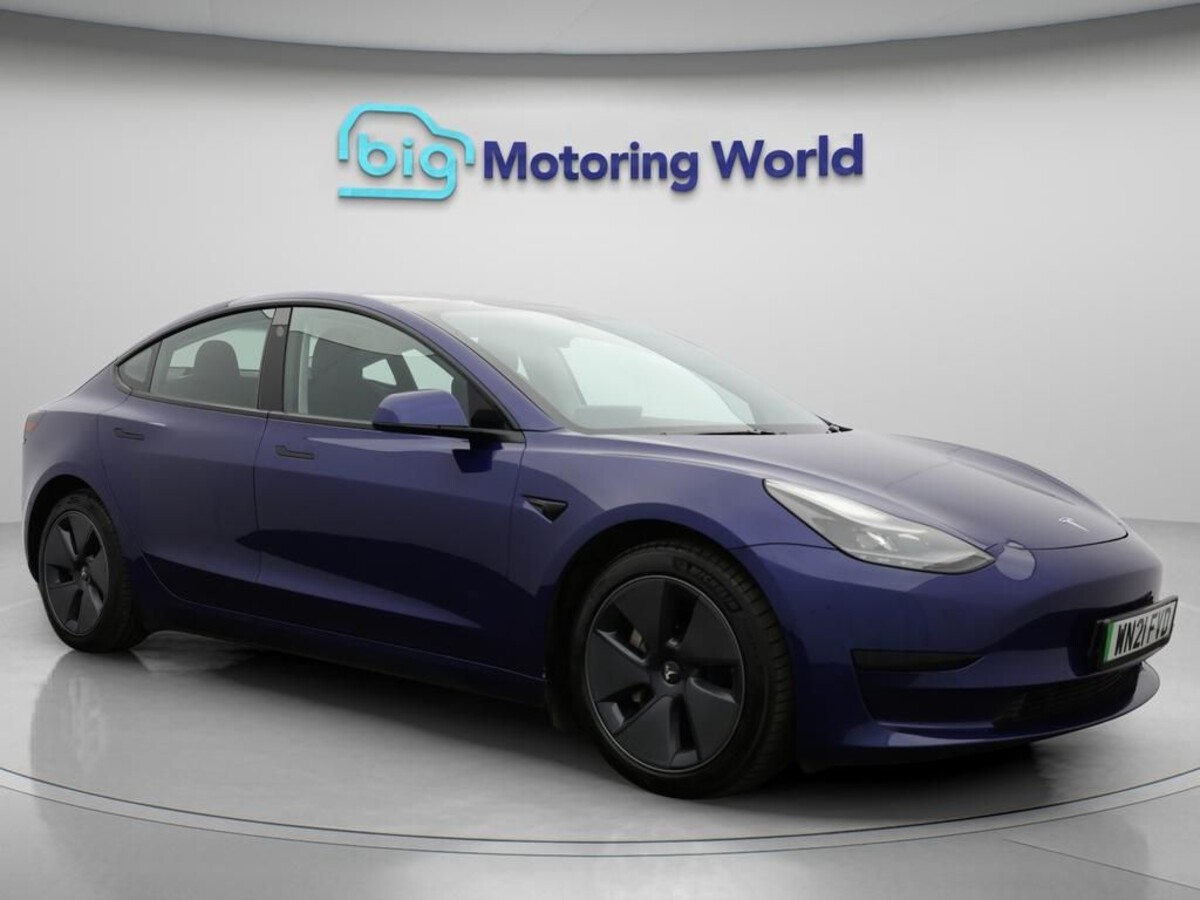
That means fewer stops and smaller charging bills. And Tesla’s navigation system actively guides you to the most cost-effective Superchargers along your route.
Also worth noting: Tesla doesn’t hit you with as many sneaky idle fees or peak-time surcharges, and the app gives you a good grip on your usage. If you’re in an area with access to Tesla’s massive charging grid, you’re unlikely to overpay.
Add in home charging with a Tesla Wall Connector and low overnight utility rates? You’ve got one of the best-value EV charging setups out there. Bottom line: this car doesn’t just save you gas money—it keeps your electric bills on a leash, too.
3. Kia EV6
The Kia EV6 is another solid option if you’re trying to keep plug-in expenses under control. Just like its Hyundai cousin, it comes with 800V architecture and a sweet deal: two years of 30-minute free charging sessions at Electrify America stations. That takes the sting out of early ownership costs.
The EV6 is efficient and can take advantage of fast-charging without staying on the plug forever. That means you can be in and out before peak-hour rates kick in. Plus, its battery management system helps it charge more consistently, without long tail-end sessions that rack up your bill.
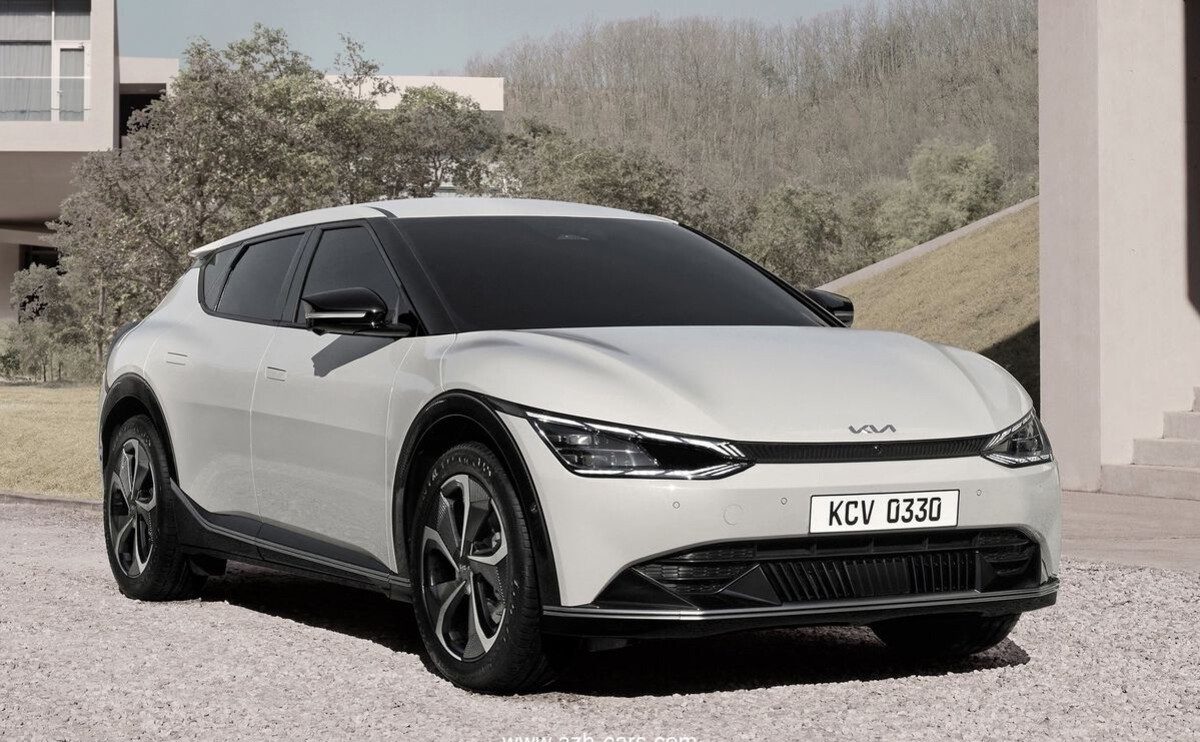
Kia also includes a solid navigation and app ecosystem that filters stations based on pricing, availability, and power output. And if you’re charging at home, the EV6 supports bi-directional charging with Kia’s V2L (vehicle-to-load) system. That’s not only cool tech—it’s practical. You can run some home appliances off your car during peak energy hours and charge it when rates drop.
Between efficient design, strategic partnerships, and smart software, the EV6 keeps your costs predictable and relatively low, without sacrificing range or performance.
4. Nissan Ariya
Nissan may not be the most talked-about EV brand right now, but the Ariya earns its spot here thanks to a simple formula: decent efficiency and reasonable access to charging. Ariya buyers get a free EVgo charging credit, up to $500 worth, which can go a long way if you plan your sessions well.
EVgo’s rates are pretty average, but the Ariya’s relatively low energy consumption per mile helps stretch that credit. While the Ariya doesn’t have the ultra-fast 800V charging like Hyundai or Kia, it still charges quickly enough to avoid long waits and high fees.
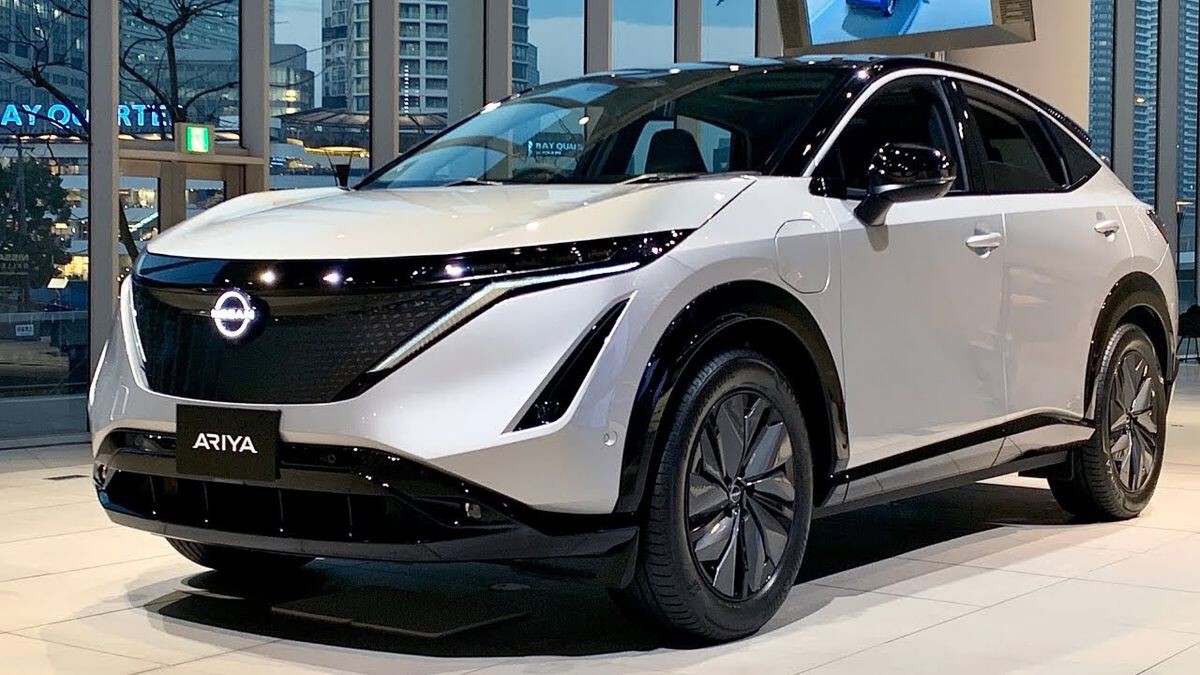
One of its underrated perks? No expensive adapters or weird proprietary ports. You just plug in and go.
Nissan’s built-in route planning also avoids overly expensive stops and prioritizes availability. And again, if you’re mostly charging at home, the Ariya is surprisingly cost-efficient—its battery handles Level 2 charging well, meaning shorter sessions and less strain on your electric bill.
For those looking for a practical, family-friendly EV that won’t sneakily empty your wallet at the plug, the Ariya quietly does its job—and does it cheaply
5. Chevrolet Bolt EUV
Yes, it’s not the fanciest. Yes, GM is moving on from the Bolt platform. But you know what? The Bolt EUV is still one of the cheapest EVs to run, and that includes charging costs. For starters, this thing is incredibly efficient—one of the best miles-per-kWh ratings on the road. That alone saves you money.
It doesn’t support super-fast DC charging like some competitors, but for many buyers who charge mostly at home or work, that’s not a dealbreaker. GM also includes a free Level 2 home charger installation (or a $500 charging credit), depending on your state and dealer.
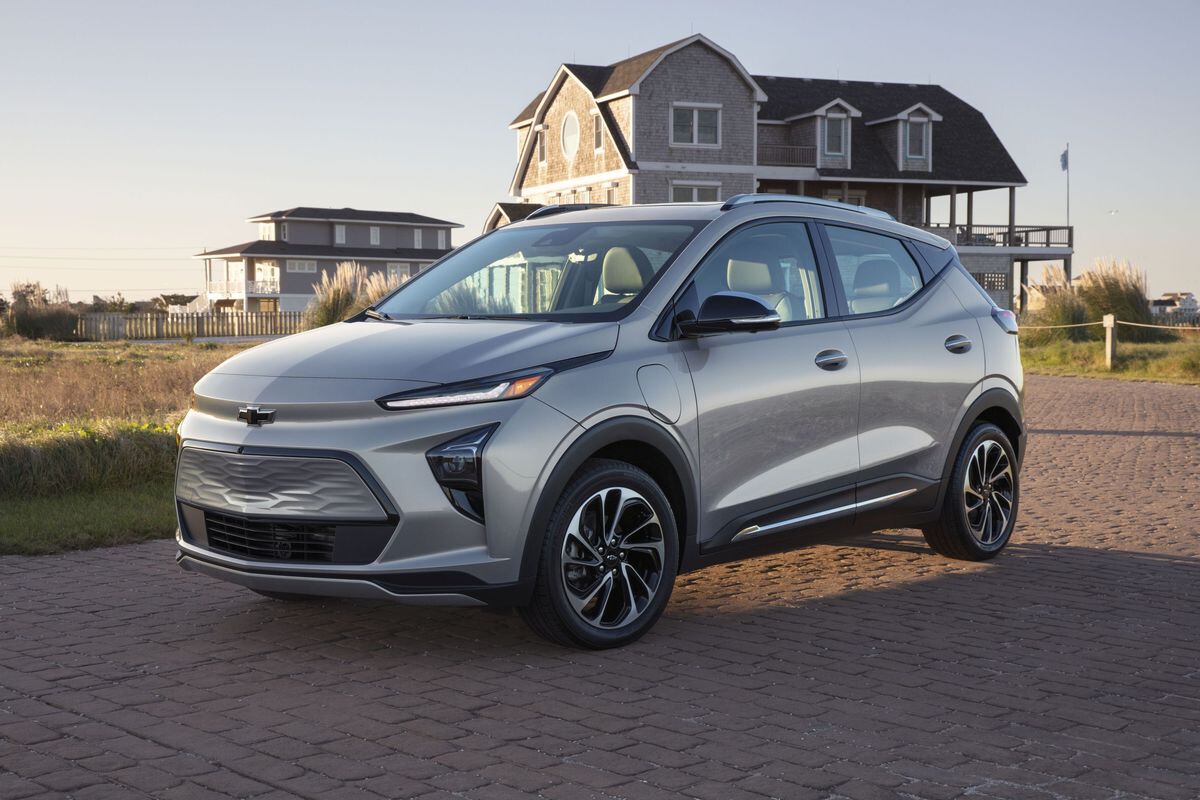
On public charging networks like EVgo and ChargePoint, the Bolt’s slower max charging rate works in your favor. You’ll often be billed per-minute on these networks, and since the Bolt doesn’t hit super high speeds, you’re not wasting power or money when your battery slows down the charge anyway.
This little underdog stays cheap in more ways than one—and it’s proof you don’t need a luxury badge to save money in the EV game.
5 EVs with Costly Plugs
These EVs either charge slowly, rely on expensive networks, or don’t come with any free charging perks. You might love how they look or drive, but every visit to a charging station feels like you’re paying a premium. Here’s where the real hidden costs kick in.
ALSO READ: 5 SUVs with Best Parking Assist and 5 with Blind Spots
6. Audi e-tron GT
Gorgeous, fast, luxurious—and pricey at the plug. The Audi e-tron GT suffers from more than just a high MSRP. Audi doesn’t offer any consistent free charging plan, and while it can use Electrify America stations, it doesn’t come bundled with long-term perks like Hyundai or Kia.
Its efficiency isn’t great either. You’ll find yourself charging more often than you’d expect from a car this modern.
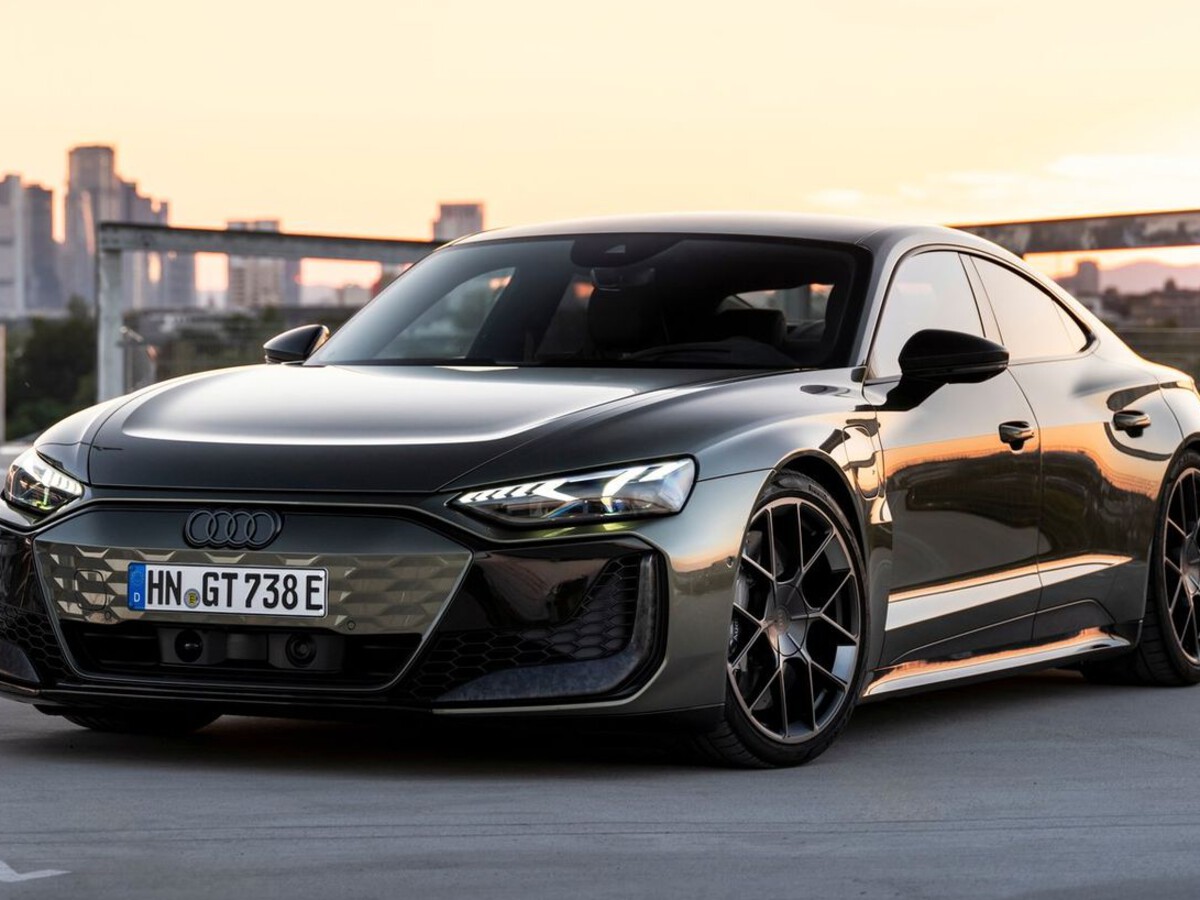
And with Electrify America or third-party stations, you’ll feel it in your wallet, especially if you’re charging during peak hours or in areas with higher per-minute pricing.
Even worse? Audi’s navigation doesn’t always show you the most cost-effective charging options. And idle fees can hit if you get distracted. Sure, you can afford the car, but be prepared to spend more than you should to keep it running.
7. Ford Mustang Mach-E (Standard Range)
The Mach-E looks like a bargain—until you plug it in. Ford dropped its initial free charging deals after the first few years, and now buyers get minimal credit with Electrify America. After that, you’re paying standard rates, which are decent, but the Mach-E’s efficiency isn’t.
Charging speed is mid-tier, and its battery isn’t as optimized as others for quick, cost-effective sessions.
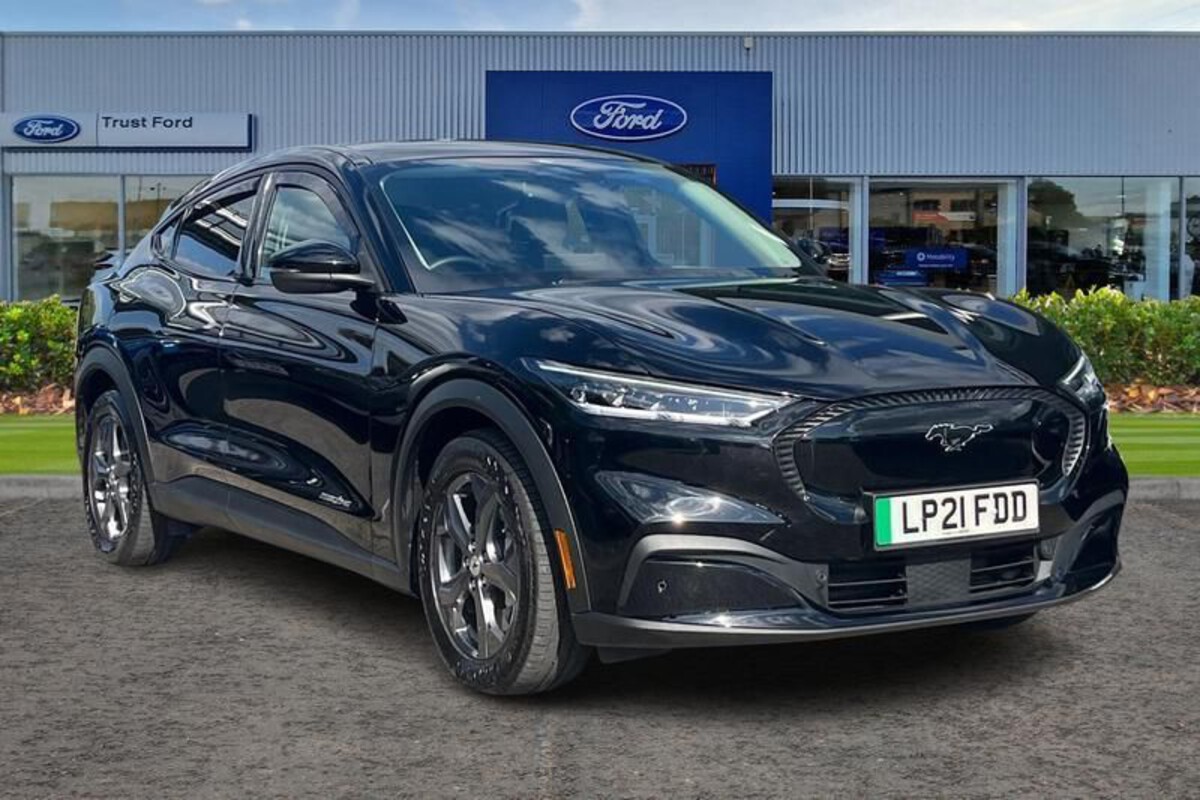
That means longer stops, higher idle fees, and potentially more time at high-rate stations. Ford’s BlueOval network is convenient but often defaults to pricier partners.
Unless you’re charging at home off-peak, this pony car is going to cost you more than you’d expect.
8. Mercedes-Benz EQS
This thing is luxury on wheels. But luxury doesn’t come cheap—and neither does keeping it powered. Mercedes throws in a few free sessions with Electrify America, but it’s short-lived.
After that, you’re stuck with average-to-high rates and a vehicle that isn’t the most efficient.
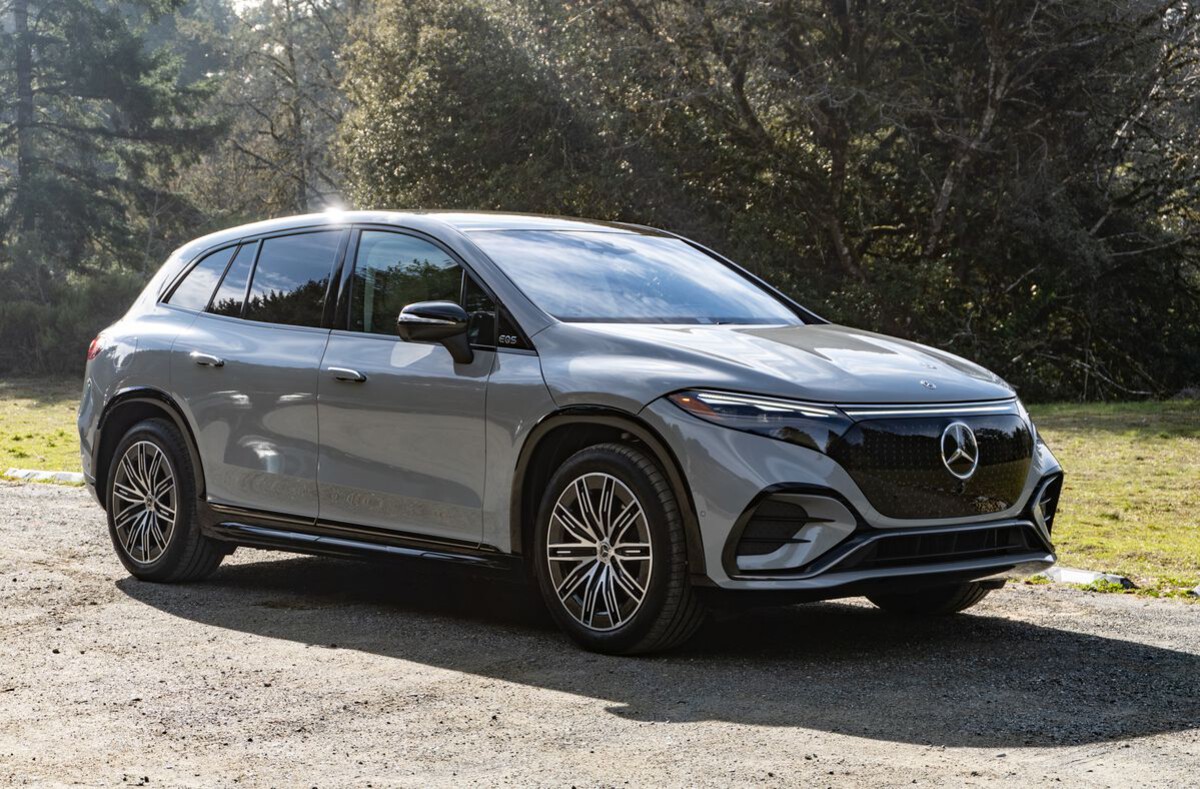
The EQS is big, heavy, and loaded with tech—all of which eats into its range. So you’re charging more often.
And while it supports fast charging, peak rates and idle fees can make it feel like you’re paying double for the convenience. It’s a stunning ride, but don’t expect it to be gentle on your electricity bill.
9. Rivian R1T
Rivian’s adventure truck is a beast, but also a battery hog. It’s heavy, has off-road tires, and isn’t built for maximum efficiency. That means charging more often and longer.
Rivian is building out its own Adventure Network, but it’s still limited and doesn’t undercut third-party pricing yet.
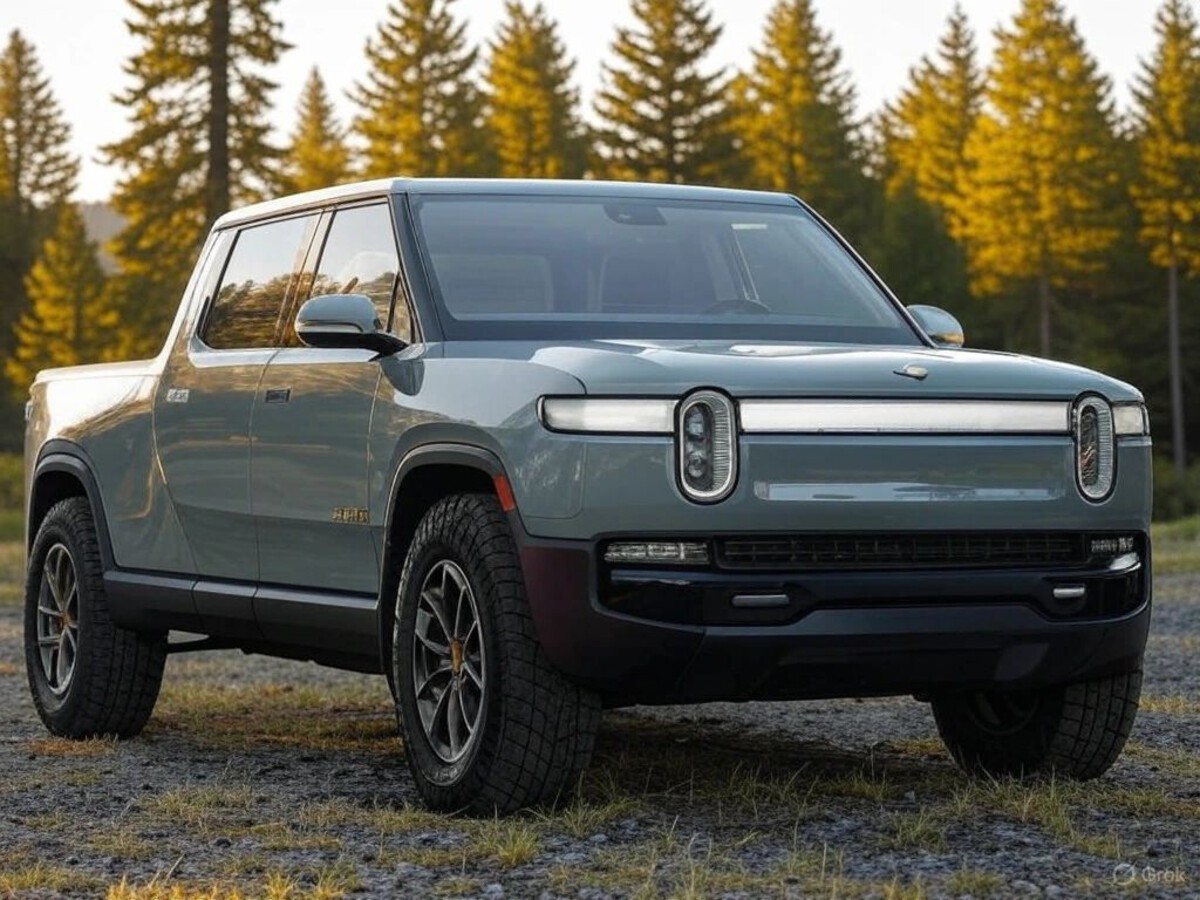
Public networks? You’ll often be paying Electrify America or EVgo’s full rate.
And because of the size of the battery, you’ll need longer sessions, which can mean crossing into higher price tiers or hitting idle fees if you’re not quick to unplug. Cool truck, but it doesn’t go easy on your wallet.
10. BMW iX
The BMW iX comes with one big issue: it’s expensive to charge. It’s not efficient, and while it does support fast charging, it eats up a lot of power in the process. BMW offers short-term charging perks with Electrify America, but after that? You’re on your own.
And the iX is picky about charging networks. Some third-party stations don’t work well, and the software isn’t always great at finding the cheapest option. Add in the large battery and a decent but not stellar range, and you’re looking at frequent—and pricey—charging stops.
EVs are supposed to save money, right? But the truth is—it depends on the details.
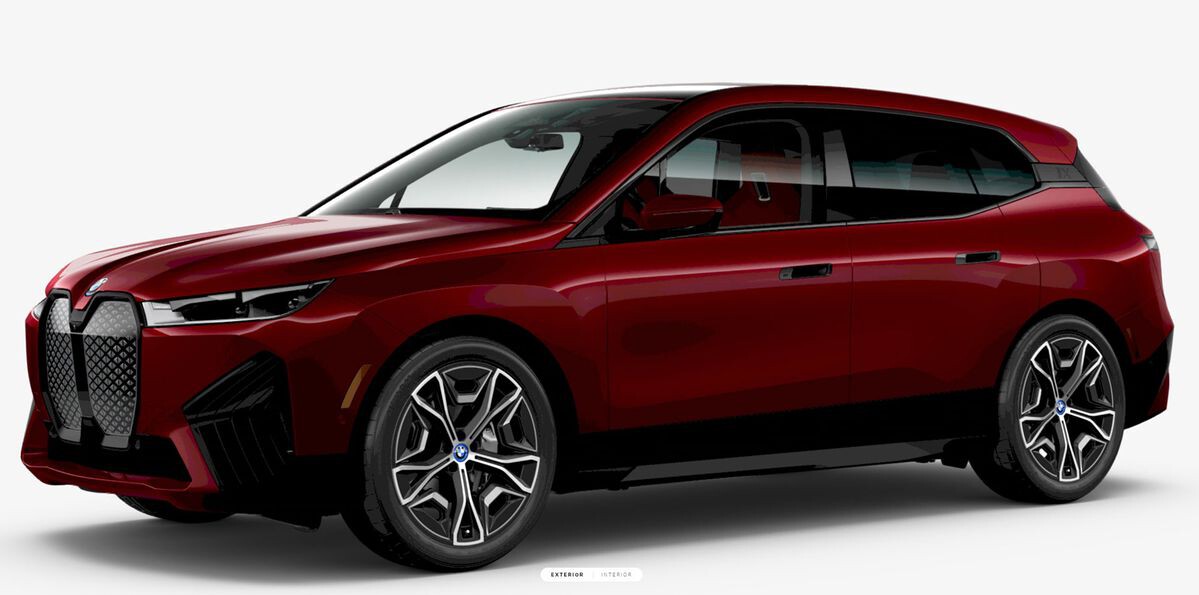
Charging networks, session fees, peak-hour surcharges, charging speeds, and energy efficiency all play a role in how much you pay over time. And not all EVs are built the same when it comes to playing nice with those factors.
Cars like the Hyundai IONIQ 6, Tesla Model 3, and Kia EV6 show how smart partnerships and efficient engineering can seriously cut your long-term costs. On the other end, vehicles like the Audi e-tron GT or Rivian R1T might impress with performance and design, but hit hard when it comes time to plug in.
So before you fall for an EV based on looks or horsepower alone, ask one simple question: what’s it going to cost me every month to keep it charged? If you ignore that, you could end up spending more on electrons than you ever did on gas.
Bottom line: pick an EV that fits both your driving style and your wallet. Because of the charging cable? Yeah—it’s got a price tag too.

